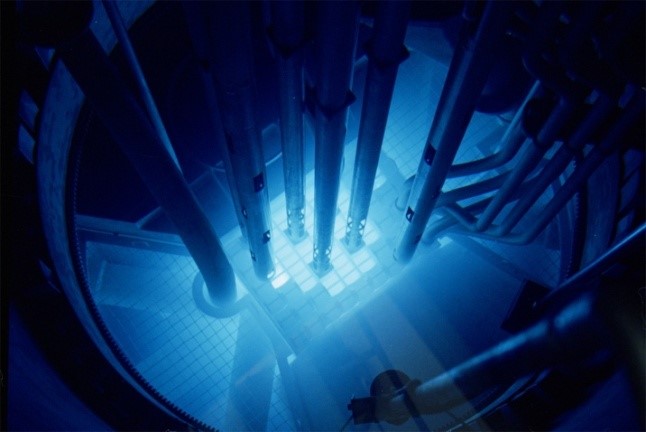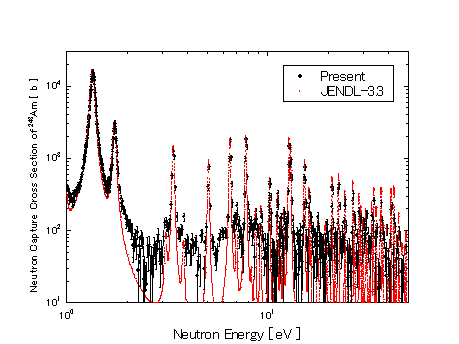Research Reactor Safety
Professors
- HORI, Jun-ichi, e-mail: hori.junichi.6e<atmark>kyoto-u.ac.jp
Associate Professors
- YAMAMOTO, Toshihiro, e-mail: yamamoto.toshihiro.8u<atmark>kyoto-u.ac.jp
Assistant Professors
- XIUZHONG, Shen, e-mail: shen.xiuzhong.5v<atmark>kyoto-u.ac.jp
- TERADA, Kazushi, e-mail: terada.kazushi.8x<atmark>kyoto-u.ac.jp
* replace <atmark> with @
The Kyoto University Research Reactor (KUR) is a light water moderated, tank-type nuclear reactor, to utilize for general nuclear researchers cooperated by all Japanese university researchers. It is used as a strong neutron source, which is applicable for a broad range of research fields. Besides the KUR, a 46 MeV electron linear accelerator (LINAC) is used as a pulsed neutron source to measure the nuclear data by using the time-of –flight method.
Using these facilities, we are conducting the following research works:
- 1)Reactor physics and criticality safety
- The experimental research works on reactor physics and criticality safety are conducted using the KUR and critical assemblies, and the research works on nuclear characteristics and safety for the next generation reactors are also carried out. In addition, the improvements of numerical methods for reactor physics are conducted.
- 2) Measurement of nuclear reaction data (nuclear cross section)
- The nuclear cross sections of minor actinides and long-lived fission products are measured using the LINAC or the KUR, which are basic and important data for the researchers on nuclear reactors and nuclear transmutation.
- 3) Development of Non-destructive Methods Adopted for Integrity Test for Next generation nuclear fuels
- The development of non-destructive methods for next generation nuclear fuels using a pulsed neutron source (LINAC) is conducted. Researchers can identify and quantify target nuclides in the nuclear fuels and observe temperature distribution in the nuclear fuels.
 |
 |
|
Fig.1 Core of KUR (Cherenkov radiation |
Fig.2 Neutron Capture Cross section of Am243 |




